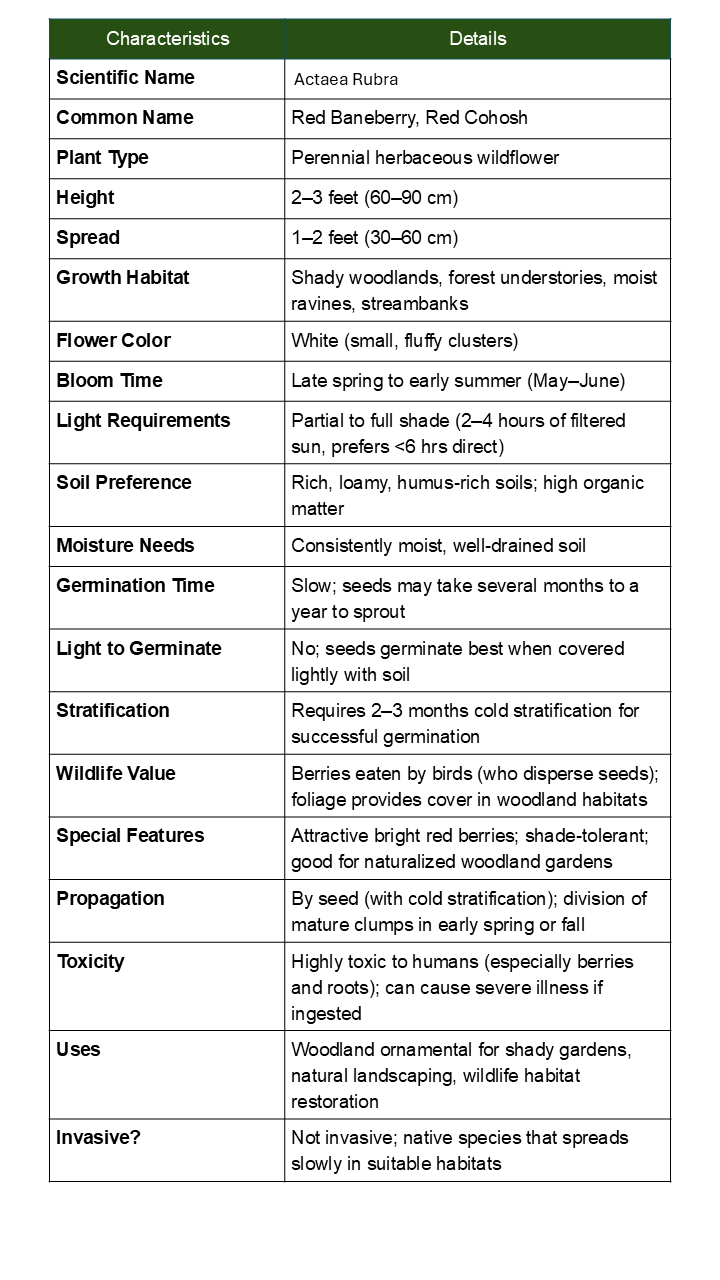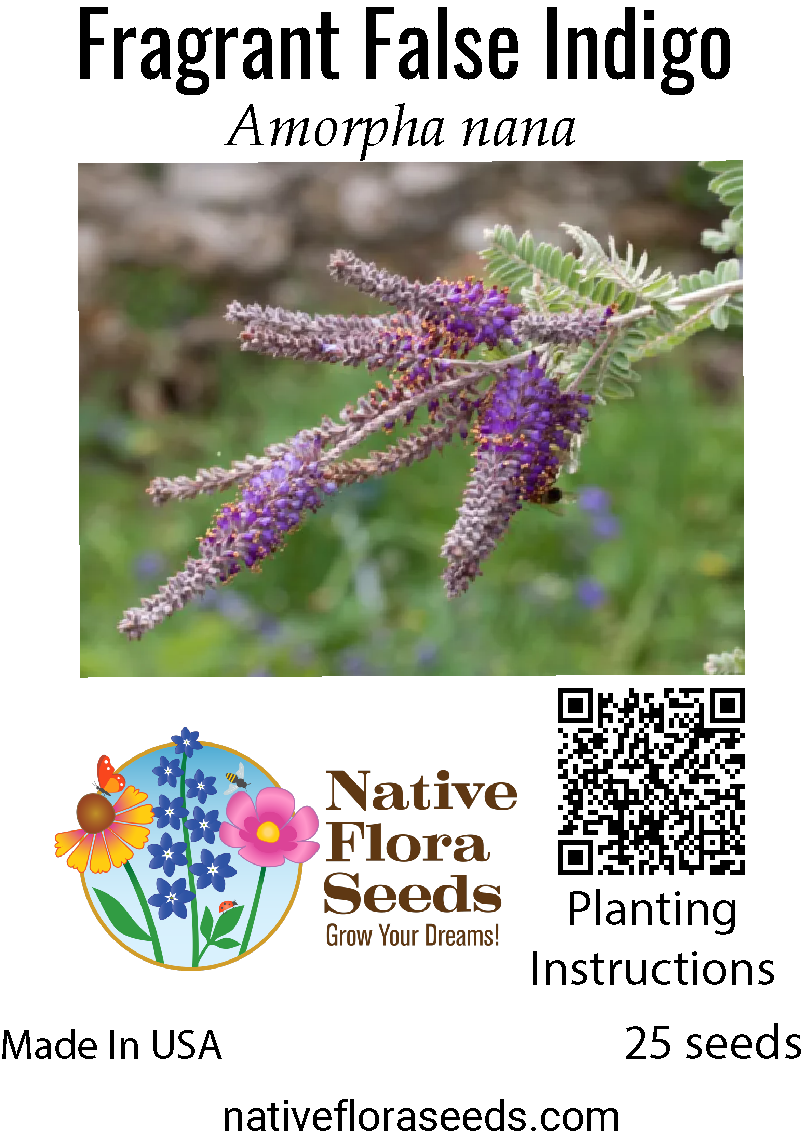Fragrant False Indigo Seeds - Amorpha Nana Native Shrub
Regular price$4.00
/
Tax included.
No reviews
Description
Discover the Beauty of Native Fragrant False Indigo
Transform your landscape with Fragrant False Indigo (Amorpha nana) seeds, a remarkable native shrub that brings both beauty and ecological value to your garden. This compact deciduous shrub is a true treasure for sustainable landscaping.
Why Choose Fragrant False Indigo?
- Compact & Manageable: Grows only 1-3 feet tall, perfect for small spaces and borders
- Drought Champion: Thrives in dry conditions with minimal water requirements
- Pollinator Magnet: Purple-violet flowers with bright yellow stamens attract bees and butterflies
- Soil Enricher: Nitrogen-fixing root nodules naturally improve soil health
- Wildlife Haven: Provides food and shelter for native wildlife
- Prairie Heritage: Authentic native plant from America's heartland
Plant Specifications
- Height: 1-3 feet tall and wide
- Bloom Time: Late spring to early summer
- Flower Color: Purple-violet with yellow stamens
- Hardiness: Zones 2-6
- Habitat: Prairies, open woodlands, rocky slopes
- Soil: Well-draining, tolerates poor soils
Perfect for native plant gardens, prairie restorations, xeriscaping, and creating sustainable wildlife habitats that connect you to America's natural heritage.


